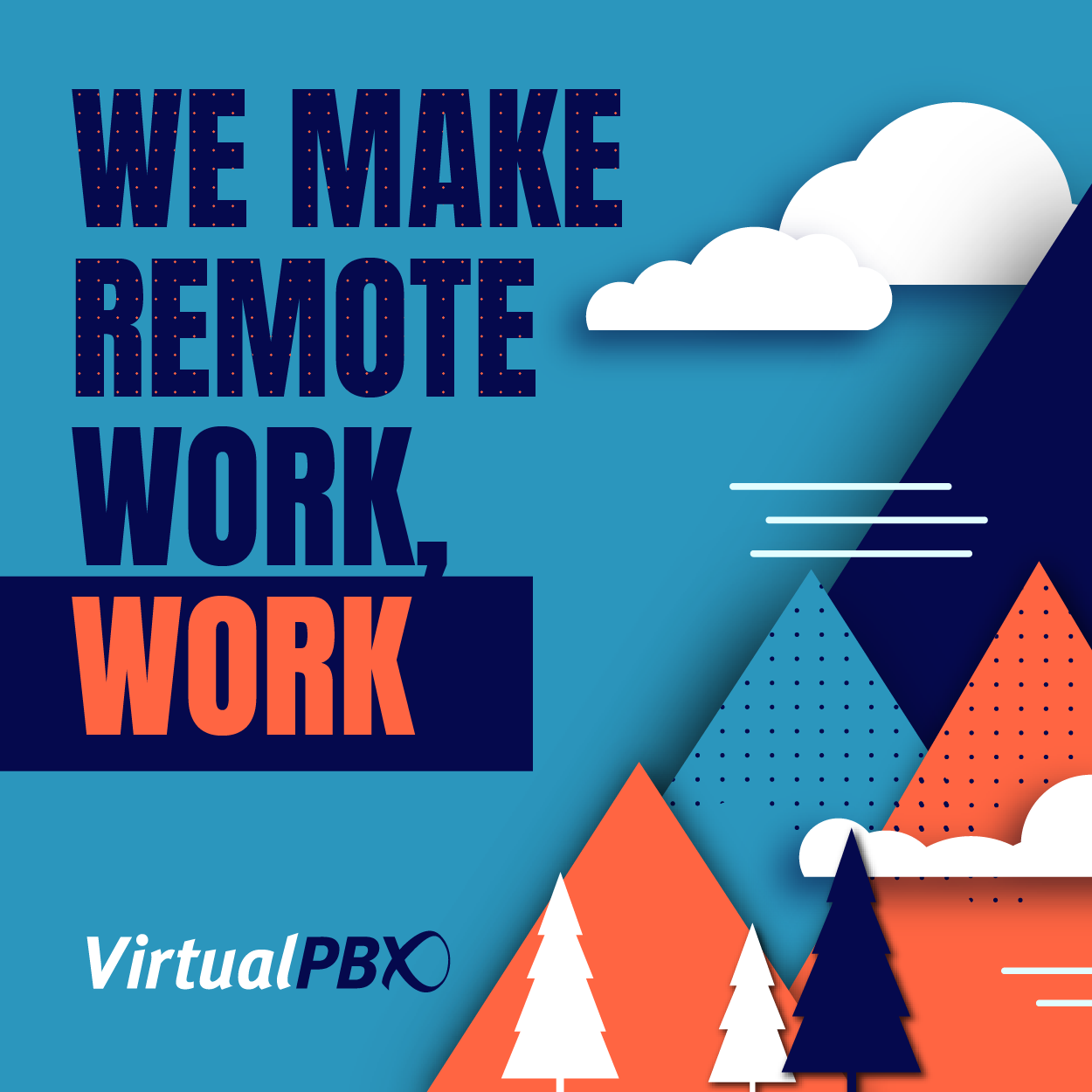 One business planning style that’s become popular with fast-paced offices is called agile, which can involve sprint planning as a method of defining goals throughout a company’s calendar.
One business planning style that’s become popular with fast-paced offices is called agile, which can involve sprint planning as a method of defining goals throughout a company’s calendar.
In short: Sprint planning has businesses define short-term goals that are attainable within no more than a month’s work. Businesses complete a sprint within the specified time period and then plan a follow-up goal for a successive sprint.
At VirtualPBX, we might use sprints to define goals for the development of our Business Phone System or for the improvement of our Sales or Marketing processes. Sprints can work for a range of tasks, and you can follow this method at your own business by clearly defining a goal, considering its scope, and being flexible with your results as new information arises throughout the month.
Define Your Goal
The most salient idea behind sprint planning is that your goals should be achievable. A sprint gives you a month, at most, because it tries to strike a balance between pace and results.
Pace
The goal you have in mind might require a month’s worth of work. It may only require two weeks. Or maybe even one week.
Whichever length you choose, you shouldn’t try to rush yourself. Be realistic with your time investment estimate. Make sure your grasp doesn’t exceed your actual reach.
Consider your calendar and other upcoming business events. If you want to re-work your phone system’s automated attendant message and expect it to normally take two weeks, then make sure your upcoming two weeks won’t include a big product release or multiple onboardings for new hires.
Results
Also be sure to keep your goal realistic with respect to its results.
Pick a goal that has substantial impact – like completing a survey of your Sales and Services departments to gauge their interactions with customers. Avoid picking a goal that tries to do too much – like completing a survey and developing new scripts for each team member based on their reactions to the survey.
Although those multiple tasks may be linked, the example of the survey and script development should be split into two different goals. Each one should have its own sprint because each will produce a different fundamental set of results, and when they’re combined, they would take more than a month to complete.
Be Open to New Information
In many ways, sprint planning tries to create a better end product for the customer. To that end, a business is encouraged to consider the changing requirements of its current sprint’s goals as new information arises.
What this would mean for an internal survey about customer interaction is that customer needs might change. It could also mean that unforeseen customer needs may not have been addressed.
For instance, a brief discussion with Sales before the survey was created could reveal important aspects of the sales process that drafts of the survey don’t talk about. This new information could lead to a redesign of the survey itself.
Iteration is important because it invites new information as a pathway to a better sprint. However, it’s important to stay focused and think continuously about the scope of your sprint’s results.
Sprint Planning is a Learning Experience
Overall, you will want to use your sprints as a learning experience. You won’t be able to get everything correct in your first sprint, but that’s no reason not to try your best.
We’ll cover two more examples of sprint planning in follow-up blogs this month. Stay tuned for a detailed look at the monthly goals of calling your own phone tree and surveying your departments about communication styles. In those breakdowns, we’ll consider what it looks like to create a specific goal and see a sprint’s process take shape.
In the meantime, you can check out our Summer Cleanup Sale to save $2-5 per user on new Dash Phone Plans. Click the banner below to learn more.











